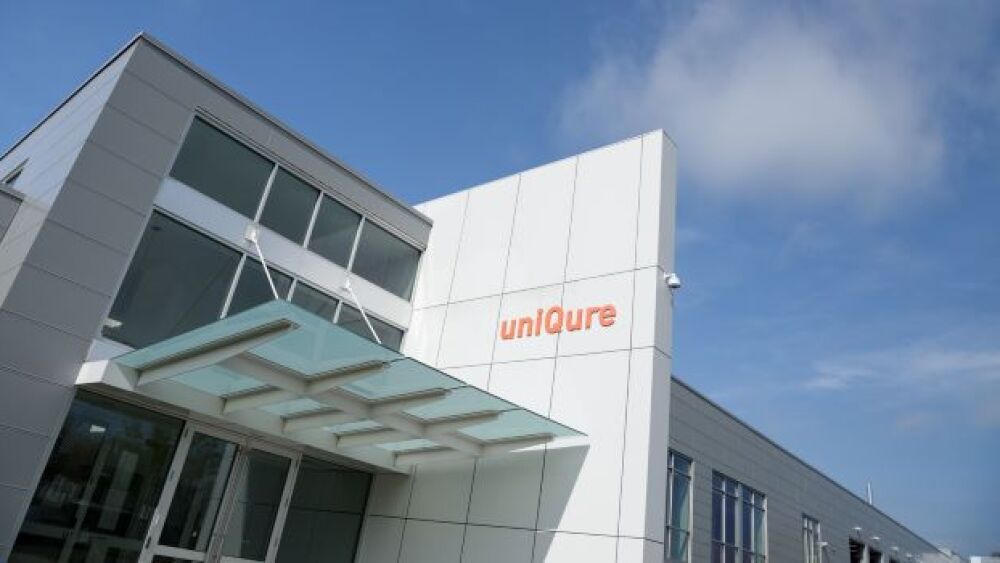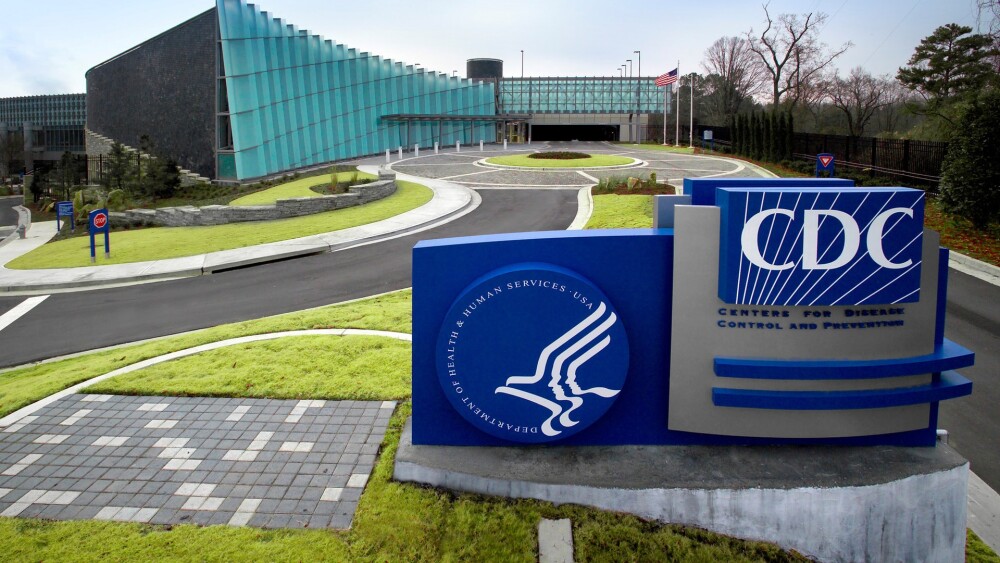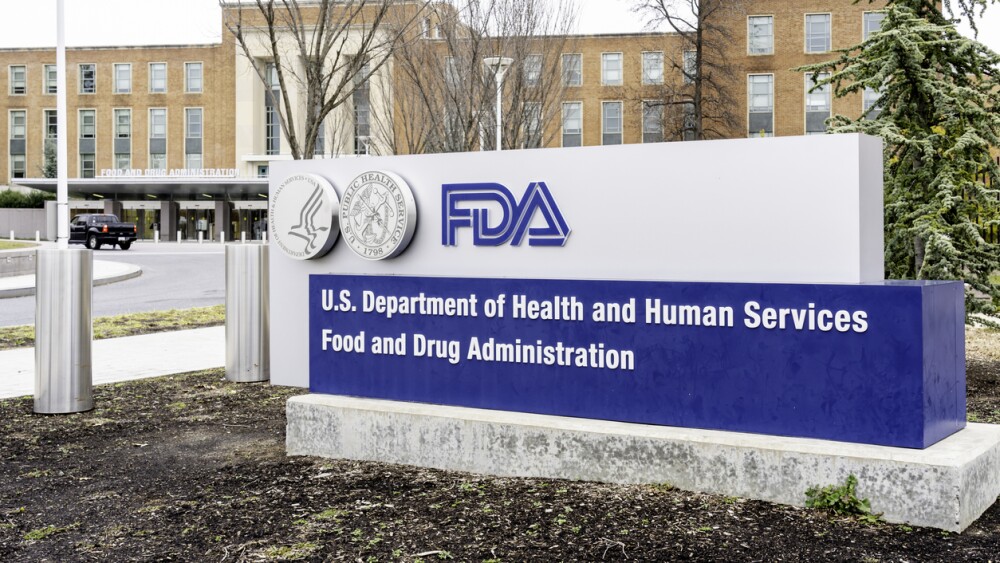From a higher bar for regulatory clearance to pricing limitations, drug development is more expensive than ever. This has led firms to make tough pipeline decisions early in the development process. The result may be costly for all of us.
The business of developing new pharmaceutical products and bringing them to market has never been more challenging—and there’s no relief in sight. With inflation driving the cost of development up, and payers across the globe demanding more compelling evidence of effectiveness at lower cost, pharma manufacturers are feeling the squeeze. As a result, they’ve been forced to become more selective about which assets they continue to move forward. Manufacturers whose products do make it to market will be looking to accelerate return on their investment, and that sets them up for conflict with payers experiencing financial pressures of their own.
As a strategic advisor to organizations across the healthcare industry, my firm, Numerof & Associates, has seen how these pressures have forced a shift in portfolio management. In particular, we’ve seen how the new economics of drug development have led manufacturers to trim their portfolios earlier and more radically than ever before, eliminating those products deemed too risky or facing too much price competition. While some would applaud this “new math,” its full consequences are not yet apparent. We believe that by ratcheting up the bar for products that are developed, drugmakers are also implicitly slowing the pace of innovation and limiting the number of beneficiaries, and these outcomes should be considered in the larger policy calculus.
The Regulatory Squeeze
Regulatory authorities have been raising the bar for drug companies, demanding proof of clinical and economic value even in breakthrough products as the price of entry to their markets. Health technology assessments (HTAs) put the claims and evidence manufacturers offer for effectiveness under a microscope. HTAs are established in North America, Australia and many European countries and are rapidly growing in Latin America and Asia. Even when products surmount these barriers, the price premiums that were once a routine part of discovery are smaller, harder won and grudgingly given.
Another key factor in the U.S. market is the Inflation Reduction Act (IRA), which introduced direct negotiation between the Centers for Medicare and Medicaid Services and manufacturers for select high-cost products, adding a new form of risk to the business of drug development.
It takes an average of 10 years and up to $2 billion to bring a new drug to market, and ultimately, only about 12% of drugs that enter the clinical trial phase are approved by the FDA. When a drug is successful, the developer must recoup R&D costs for the product, as well as for others that failed, through sales of the now-approved asset.
When a product is selected for mandatory negotiation through the IRA, the opportunity to recoup development costs is truncated, reducing the expected return on investment and ultimately, the incentives for innovation. It’s no surprise then that, four months into implementation of the IRA, the consulting firm Horizon Government Affairs reported that at least 24 companies had announced they were curtailing drug development because of the legislation.
One example was Eli Lilly, which was in the early clinical stages of developing a BCL2 inhibitor for certain blood cancers but discontinued it after assessing the impact of the law as well as the competitive landscape. Because of the ways in which the IRA upends existing market mechanisms, forecasts suggest fewer new treatments, fewer new uses for existing drugs, less generic competition and reduced investment in small molecule drugs, which are currently disadvantaged by the IRA, given just nine years of protection from price negotiations as compared with the 13 years provided to biologics.
And if these issues weren’t enough, national and state-level regulations controlling approval and pricing are evolving, to say nothing of competitors and scientific breakthroughs that can make products obsolete almost overnight. This minefield demands a rethinking of the development process to bring risk in line with potential rewards.
Managing Risk
These factors help explain why manufacturers are adopting a more selective and strategic approach to their product pipelines, shelving molecules whose odds of success seem too long or whose potential payoff too small to justify the risk. And in an effort to mitigate the expanded risk, companies plan on repeating these assessments early and often.
For assets that survive this critical review, manufacturers are initiating plans that address regulatory approval, reimbursement, market conditioning and access far earlier than had been typical—as soon as Phase I.
Drugmakers must also plan ahead for the possibility that regulators seeking more compelling evidence of value will push them to go beyond classical randomized controlled trials (RCTs) and provide real world evidence (RWE) to make the economic and clinical value case for their products. An additional factor driving the move to RWE is that, particularly for products involving rare disease and cell and gene therapy, the practical obstacles to RCTs are high. However, the complexity and expense of such studies reinforce periodic reassessment and pruning of pipeline products.
The axiom “fail early” was already an established rule in drug development; now, “cut early” is assuming that same status. As a result, expect fewer drugs in the industry’s collective pipeline. Those that survive will be the drugs with the highest likely ROI, either because they address a huge market or because they target a specialty market with few other options.
Either way, the price tag for new pharmaceutical products, when you add in the cost of failures along the way, is going up. That sets the stage for a global struggle between payers who want drug prices to go down and manufacturers who need to realize sufficient ROI to compensate investors. Consumers will bear the cost of this conflict. They’ll pay more for the drugs they buy, have fewer products to choose from and some of their health issues will go unaddressed because in this risky, expensive business they don’t pay enough.






